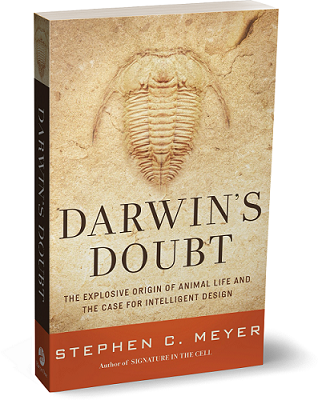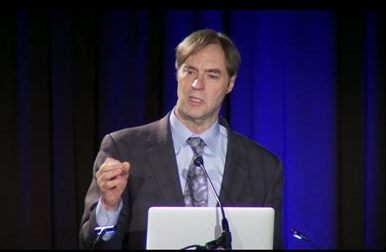|
home | what's new | other sites | contact | about |
||||
|
Word Gems exploring self-realization, sacred personhood, and full humanity
Dr. Stephen C. Meyer's An Investigation of the 'Cambrian Explosion'
return to "Evolution" main-page
Editor's note: The following information is from chapter twelve of Darwin's Doubt.
This is an important aspect of dismantling Darwinism. It’s not possible to build a new life-form one small change at a time. Organisms reflect a dynamically interrelated system of many moving parts. You cannot alter one without affecting many others. They all have to work together, by and large, from the start, or none of it will ever work. Much discussion is warranted here, and Meyer’s book does a good job with this, but I’d like to refer to Amit Goswami’s earlier discussion of the “neck of the giraffe.” Stretching the giraffe’s neck, without a host of other changes, would not be possible. “According to Darwinists, [the long neck of the giraffe] happened through slow, accumulated variations and their selection, gradually leading to longer and longer necks that enabled giraffes to beat the competition and reach higher and higher branches of trees where the food is abundant. This scenario is too simplistic. Longer neck vertebrae require many concurrent modifications. “As the vertebrae become longer, the head must become smaller, because it becomes more difficult to support the head atop a long neck. “The circulatory system has to produce higher blood pressure; valves must originate to prevent overpressure when the giraffe stoops to get a drink. “The lung size has to increase so the animal can breathe through a much longer pipe. “Additionally, many muscles tendons, and bones have to change harmoniously; in fact, the entire skeletal frame has to be restructured to accommodate lengthened forelegs. It goes on. “Clearly, much more than neck-lengthening gene mutations have to be involved – and with what amazing coordination! All this through cumulative step-by-step chance and necessity? It’s simply not credible. There’s no such thing as an intermediate-stage animal. This concept is a “Joker is wild” precept of Darwinism, something they have to believe, in order to lend a semblance of coherence to their theory. None of the Cambrian animals were “intermediates,” on their way to something else. Each was well adapted to its environment, right from the start. This is why many animals show zero evolutionary change over the eons. Why change when you’re doing well? And if you’re not doing well, you’re going to die pretty soon, as change over millions of years will not save you.
|
||||
|
|

